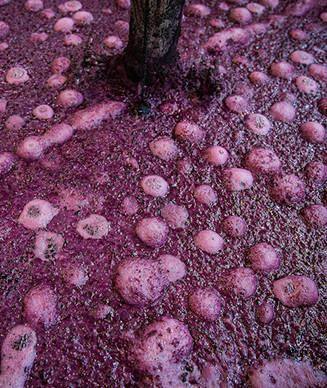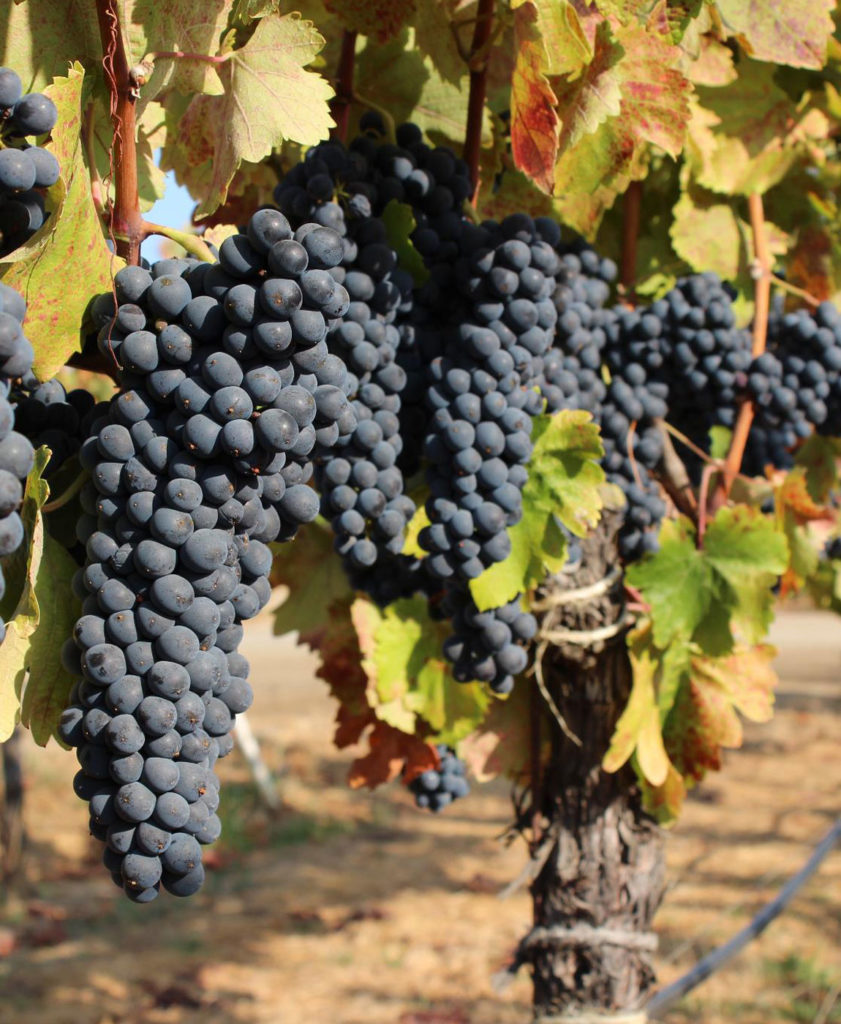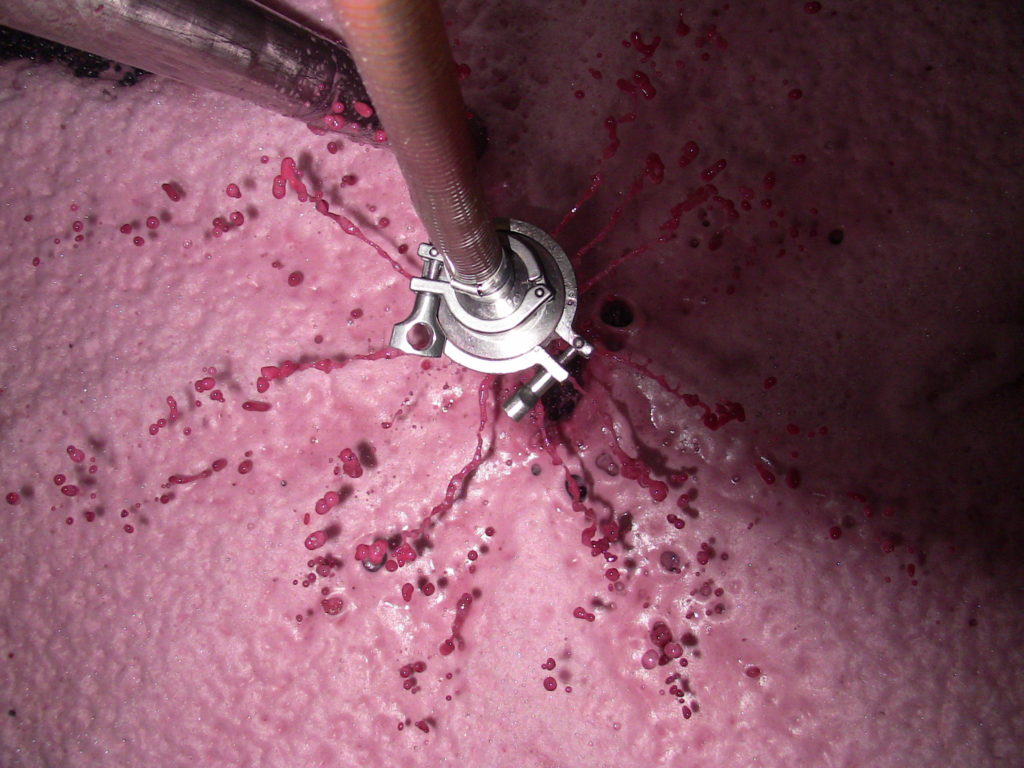The Purpose of Grape and Wine Analysis at Ridge
Blog Post
February 2020
Within a few years of Ridge’s start, the founders realized the importance of laboratory testing during the winemaking process. They needed to have the ability to run tests necessary to satisfy the regulatory agency overseeing wine production. In 1971, the former kitchen was converted into a more sophisticated laboratory allowing for more in-depth analysis to support wine quality. A spectrophotometer and a high-performance liquid chromatograph were installed by the 1980s — highly unusual to find in a small or even medium-size winery at the time. For most wineries, analysis was being done by outside wine laboratories. To this day, this remains the most convenient way of analyzing wine for California wineries, including those focused on high quality in Sonoma and Napa. Monte Bello, at the top of the Santa Cruz Mountains, is too remote to get samples to a lab and results back in a timely fashion. For this reason, over time Ridge built a self-sufficient, sophisticated laboratory. This complements our philosophy of minimal-intervention winemaking by allowing for natural fermentations, reduced levels of sulfites, and minimal handling of wines while keeping a close eye on them with analysis in the lab.
Today, with our capabilities, we can quickly process vineyard samples with an automated analyzer. Our grape samples can first be blind-tasted and then compared to the analytical results to make correct picking decisions. Once the wine is in the fermenters, more analysis can be done so we can get an idea of ripeness, acidity, potential for excessive tannins, or problems with yeast and their naturally occurring nutrients. We run these tests every day throughout harvest.
Although, malate can be analyzed, it is also something you can taste and feel changing in the wine. Aroma, texture, and acidity will feel creamier. The wines also feel more polished and round. At this point, a minimum effective SO2 addition can be made to protect our finished wines. Small amounts will continue to be added during barrel aging, at each racking done to clarify. We use our spectrophotometer to measure the concentration of free SO2 and then determine how much is protecting the wine based on the acidity. This is called molecular SO2. We target maintaining our wines at 0.3 mg/L molecular. This is one-third of what most wineries hold their wine at and less than one-third of the government’s maximum limit of 350mg/L permitted for red wine. Picking early, when the grapes contain higher acid helps keep our SO2 levels low. Low levels of SO2 also allow the natural yeasts to reach dryness, resulting in minimal residual sugar which can affect a wine’s stability. Maintaining a clean cellar and tank room is critical in preventing the contamination of fermenting grapes or finished wines with spoilage yeasts and bacteria. Our highly skilled cellar team realize the importance of sanitation in preventing the loss of quality.
The higher the acidity, the lower the amount of sulfite needed to sufficiently protect a wine. It’s the opposite for low acid wines, or wines with residual sweetness. Sugar molecules have a strong affinity for sulfur, preventing any being available to safeguard the wine from oxidation, spoilage, and re-fermentation. Those wines have to be closely monitored and tasted frequently to make sure they remain stable. Fortunately, that is not our style. Picking at lower ripeness assures higher acidity in the grapes and allows the natural yeast to ferment to complete dryness. This goes back to vineyard sampling and making sure we pick early enough. We want the grapes to be ripe but not overripe so that we can make wines that have greater natural stability.

Some of the basic tests we run, considered primary chemistry, are the measurement of alcohol content, volatile acid (measure of the wines exposure to oxygen and acetic acid bacteria), total acidity, residual sugar, and molecular sulfur. Secondary chemistry measures color, tannin, spoilage, microbe DNA, and off flavors. For this more advanced testing we use higher powered instruments like our HPLC or PCR themocycler (DNA amplification), with which our laboratory is equipped. None of our analysis has any bearing on winemaking and assemblage decisions. That is done by blind-taste, feel, and smell. It is, however, very useful to have these results to explain more fully what we are tasting. Results provide us greater confidence that the quality of the wine is being maintained during barrel aging. We can be assured that our bottled wines are going to have the distinctive character and quality of the site where they were grown and provide exceptional enjoyment over their lifetime.
Eric Baugher – COO & Winemaker, Monte Bello – February 2020
Wait!
In order to qualify for user related discounts, you must log in before proceeding with checkout. Click the button below to log in and receive these benefits, or close the window to continue.
Log In

